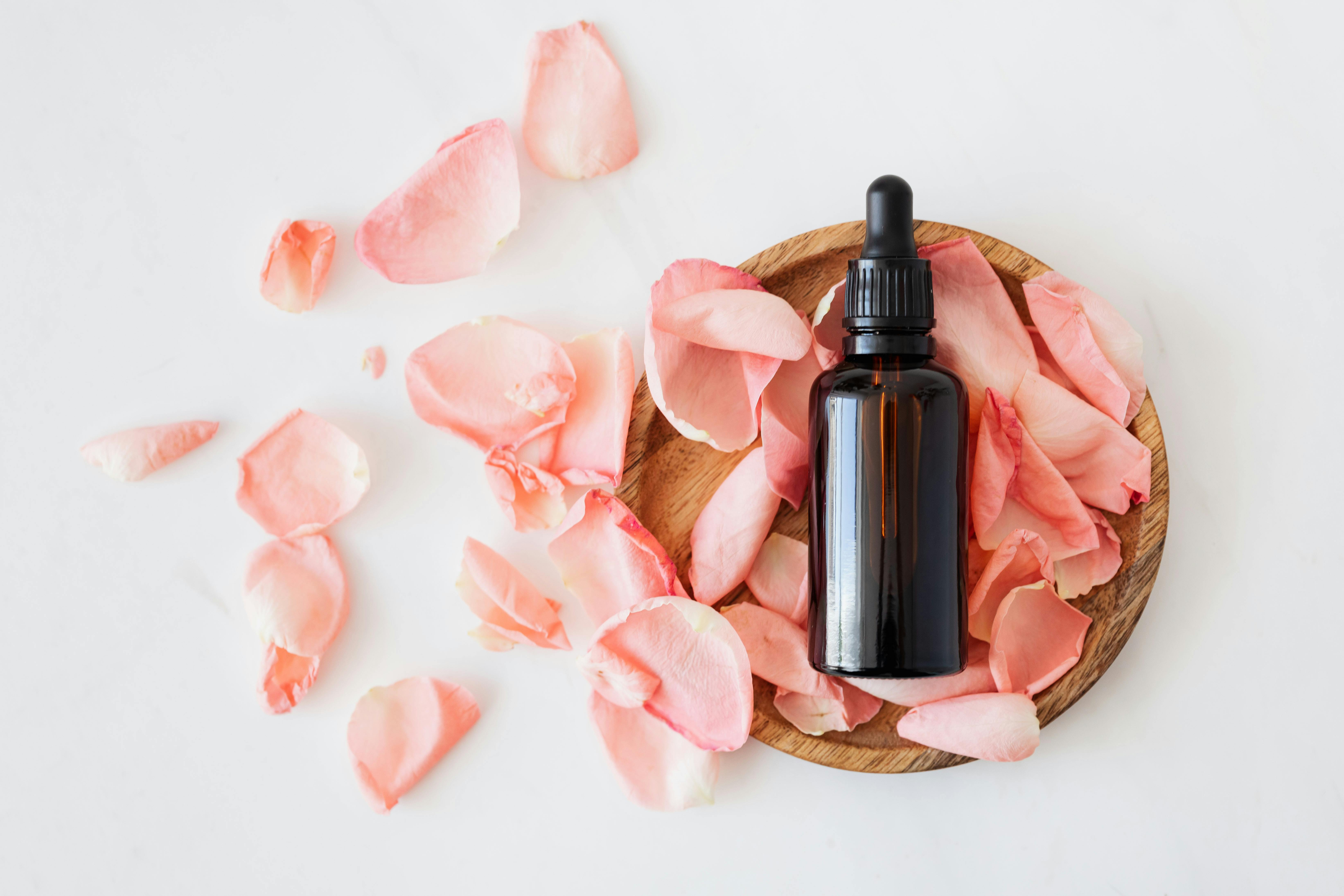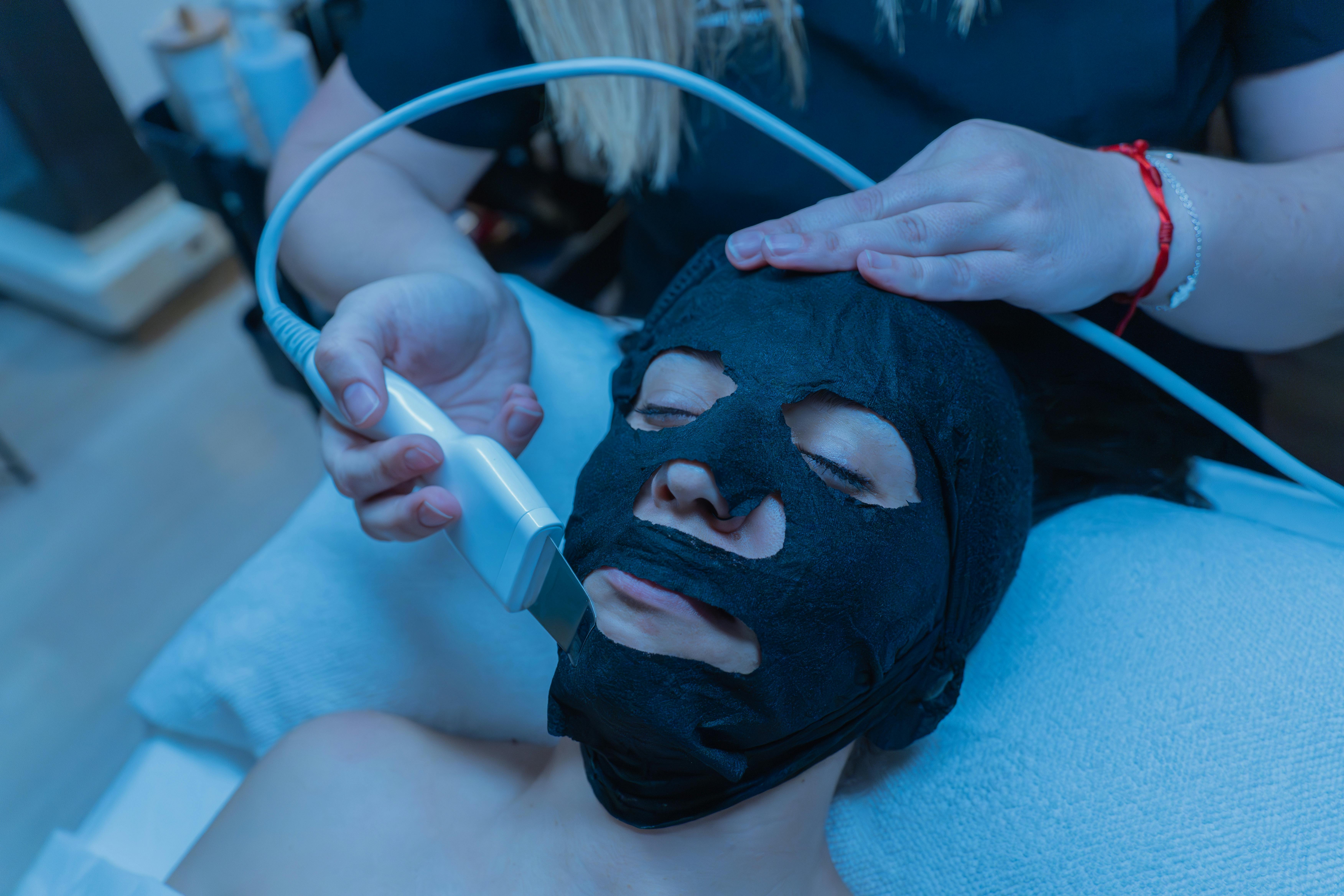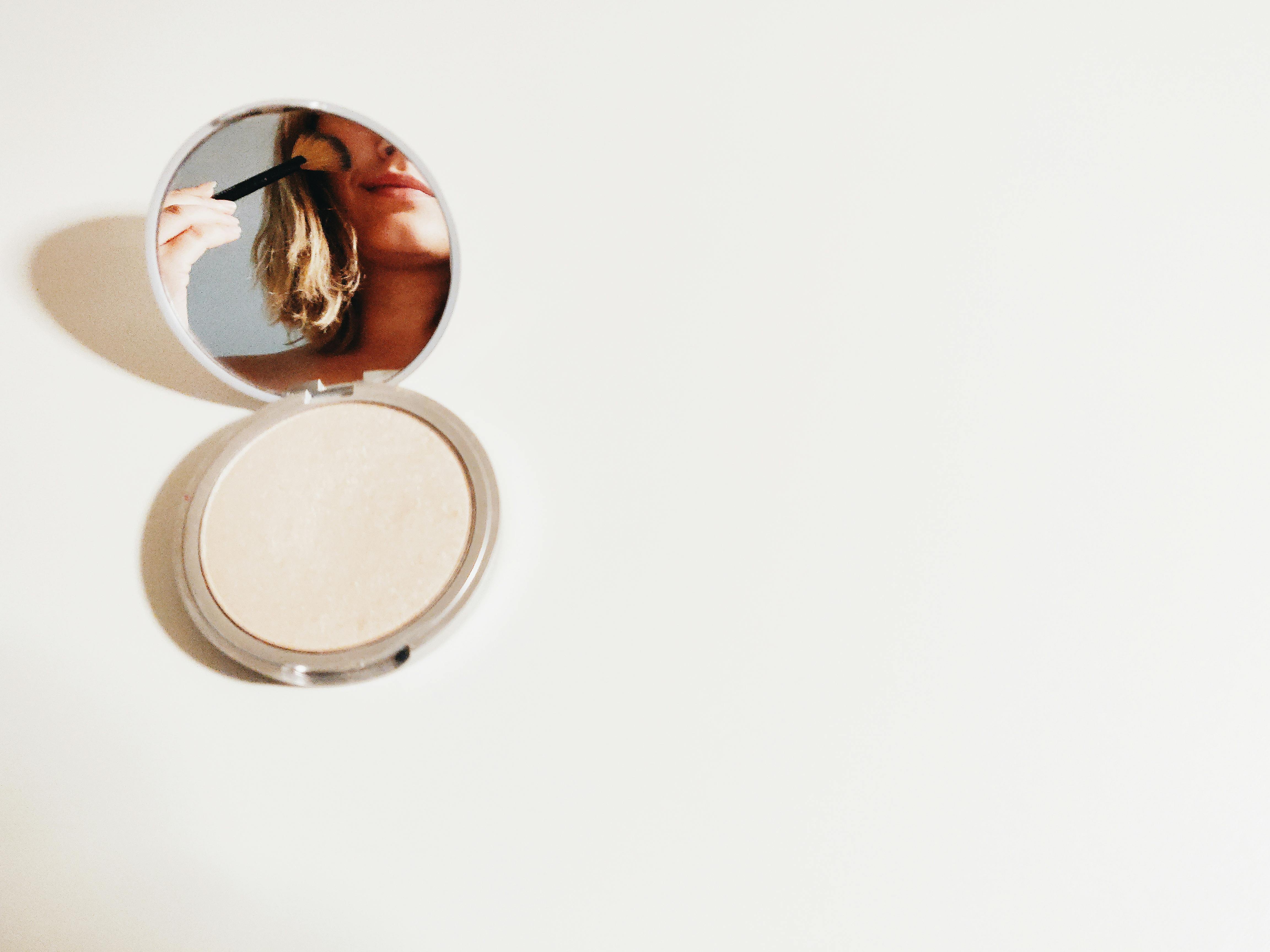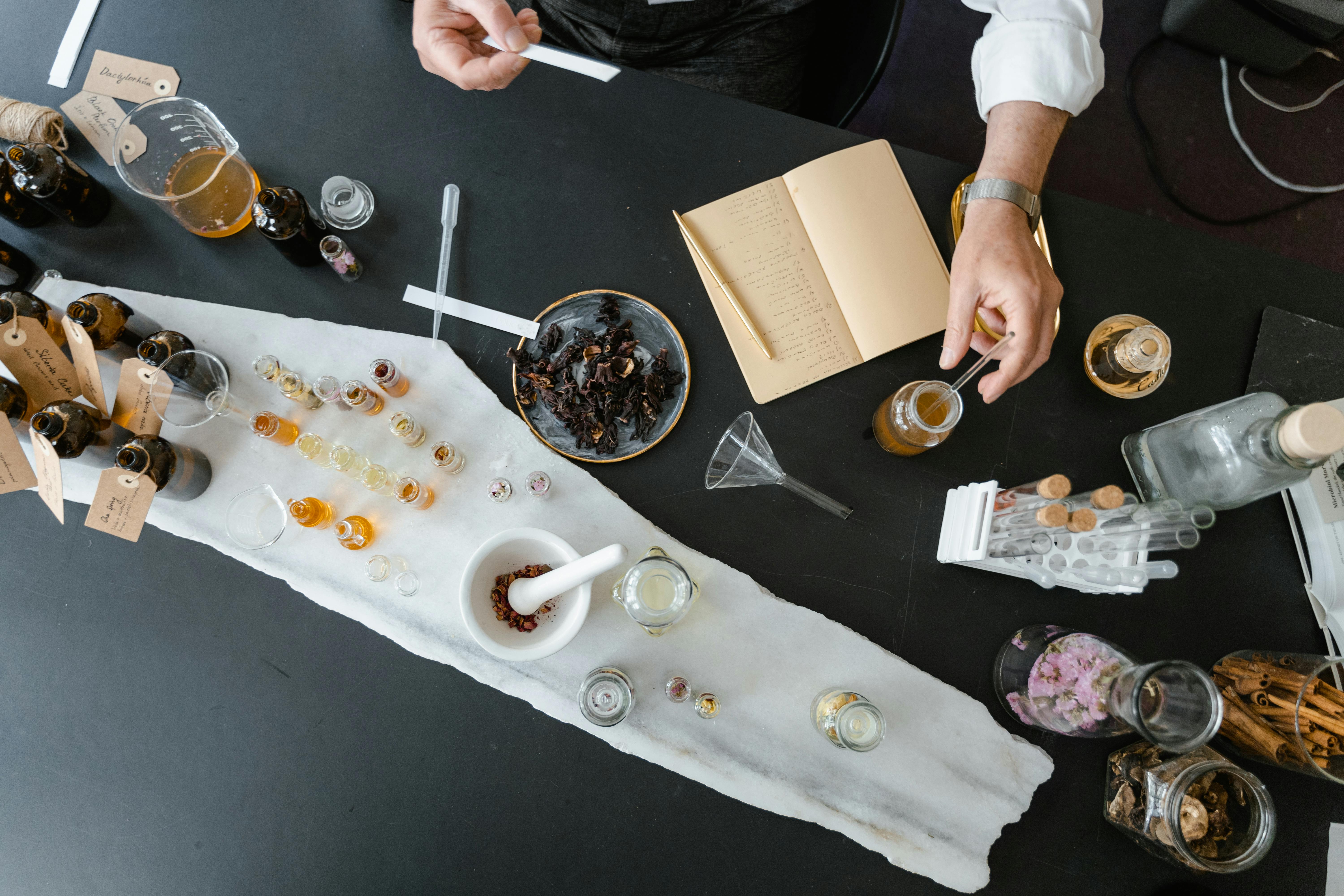How to Build a Personalized Beauty Routine That Works for You: Your Ultimate Guide

Finding the perfect beauty routine can feel overwhelming with countless products and trends bombarding us every day. I’ve been there, sifting through endless options, trying to figure out what truly works for my skin and lifestyle. The key to success lies in creating a personalized routine that caters specifically to your unique needs.
Understanding Your Skin Type
Identifying your skin type forms the foundation of a tailored beauty routine. Knowing your skin type helps select appropriate products that address specific concerns and enhance overall skin health.
Importance of Knowing Your Skin Type
Understanding skin type influences product effectiveness. Using products suited for my skin type prevents irritation and ensures optimal results. For example, applying heavy creams on oily skin leads to breakouts, while neglecting moisture for dry skin causes flakiness. Hence, choosing products based on skin type enhances benefits and minimizes potential issues.
Common Skin Types Explained
Oily Skin
Oily skin appears shiny, especially in the T-zone. This type is prone to acne due to excess sebum production. Choosing lightweight, non-comedogenic products can help balance oiliness.
Dry Skin
Dry skin feels tight and may show flakiness or redness. Factors like weather and harsh products contribute to dryness. Hydrating creams with ingredients like hyaluronic acid help restore moisture.
Combination Skin
Combination skin exhibits characteristics of both oily and dry skin, often with an oily T-zone and dry cheeks. It's essential to use targeted products that cater to different areas.
Sensitive Skin
Sensitive skin reacts easily to various products, exhibiting redness, itching, or burning sensations. Selecting fragrance-free, hypoallergenic options can minimize reactions and maintain comfort.
Normal Skin
Normal skin feels neither too oily nor too dry, with a balanced complexion. Maintaining this type involves regular cleansing and hydration, ensuring skin remains healthy.
Assessing Your Skin Concerns
Understanding skin concerns is crucial for building an effective beauty routine. Identifying specific issues helps tailor a regimen that addresses my unique needs.
Identifying Areas for Improvement
Identifying areas for improvement involves assessing the appearance and feel of my skin. Common concerns include:
Acne or Breakouts: Excess oil and clogged pores often cause these issues. Targeting them requires products with salicylic acid or benzoyl peroxide.
Dryness: Dry skin presents itself as flakiness or tightness. Hydrating ingredients like hyaluronic acid and glycerin combat this issue effectively.
Fine Lines or Wrinkles: Signs of aging may prompt the need for products rich in retinol or peptides that promote collagen production.
Uneven Skin Tone: Dullness or pigmentation can signal the necessity for brightening agents like vitamin C or niacinamide.
Sensitivity: This may manifest as redness or irritation. Gentle, fragrance-free products are ideal for managing sensitivity.
By recognizing these specific areas, I can select targeted treatments and adjust my routine accordingly.
Setting Realistic Goals
Setting realistic goals aids in maintaining consistency and motivation. Consider these factors when establishing my beauty objectives:
Time Commitment: Assess how much time I can dedicate daily. Start with a routine consisting of essential steps to avoid overwhelm.
Immediate vs. Long-Term Results: Different products deliver varying results. Immediate effects often come from hydration, while long-term solutions may take weeks or months, so balancing expectations is vital.
Incremental Changes: Focus on one concern at a time. This strategy allows for better tracking of progress and minimizes the risk of irritation from multiple new products.
Budget Considerations: Determine how much I'm willing to invest. High-quality products often yield better results but striking a balance between quality and affordability is necessary.
By setting achievable goals, I enhance my chances for lasting success in my beauty regimen.
Choosing the Right Products
Selecting the right beauty products makes a significant difference in developing an effective personalized routine. The right products address specific skin types and concerns, enhancing overall skin health.
Essential Skincare Ingredients
Understanding key ingredients in skincare products simplifies the selection process. Here's a list of effective ingredients to consider:
Hyaluronic Acid: Hydrates and plumps skin by retaining moisture.
Salicylic Acid: Penetrates pores, reducing acne and excess oil.
Glycolic Acid: Exfoliates dead skin cells, improving texture and tone.
Niacinamide: Calms redness, minimizes pores, and improves skin elasticity.
Retinol: Promotes cell turnover and reduces fine lines and wrinkles.
Vitamin C: Brightens tone and protects against environmental damage.
Peptides: Boost collagen production, enhancing firmness and elasticity.
Choosing products with these ingredients should align with individual skin concerns.
Product Recommendations for Different Skin Types
Product selection varies based on skin type. Here are tailored recommendations for five common types:
Skin Type | Recommended Products |
|---|---|
Oily | Gel-based moisturizers, oil-free sunscreens, and clay masks |
Dry | Creamy moisturizers, hydrating serums, and gentle cleansers |
Combination | Lightweight lotions, balancing toners, and exfoliating pads |
Sensitive | Fragrance-free products, soothing creams, and mineral sunscreens |
Normal | Balanced moisturizers, gentle exfoliators, and broad-spectrum sunscreens |
Identifying your skin type and using the right products will help create an effective routine, ultimately leading to healthier, more radiant skin.
Creating a Daily Routine
Establishing a consistent daily skincare routine enhances skin health and addresses individual concerns. A well-structured regimen includes specific steps for both morning and evening.
Morning Skincare Steps
Cleansing: Start the day with a gentle cleanser to remove excess oils and impurities. Choosing a sulfate-free option suits most skin types.
Toning: Apply a toner to balance your skin’s pH. Look for alcohol-free toners that include hydrating ingredients.
Serum: Use a serum rich in antioxidants, such as vitamin C, to protect against environmental stressors.
Moisturizer: Apply a lightweight moisturizer to hydrate without clogging pores. Individuals with oily skin benefit from gel-based formulas.
Sunscreen: Finish with broad-spectrum sunscreen with SPF 30 or higher to protect from UV damage. Reapply throughout the day for continued protection.
Evening Skincare Steps
Makeup Removal: Remove makeup with a micellar water or an oil-based cleanser for thorough cleansing.
Cleansing: Follow with a gentle cleanser to ensure skin is completely clean for better absorption of evening treatments.
Exfoliation: Incorporate exfoliation 2-3 times a week, using chemical or physical exfoliants to promote cell turnover.
Treatment: Apply targeted treatments such as retinol or spot treatments for acne or pigmentation issues.
Moisturizer: Use a richer moisturizer or a night cream to lock in moisture overnight, promoting repair and hydration.
Eye Cream: Dab an eye cream to address specific concerns like puffiness or dark circles.
Implementing these structured steps provides a comprehensive approach to skincare, enhancing overall appearance and health.
Adjusting Your Routine Seasonally
Seasonal changes directly impact skin's needs. Adjusting my beauty routine for winter and summer keeps my skin healthy and balanced throughout the year.
Winter vs. Summer Skincare
Winter brings dry air and colder temperatures that can strip moisture from my skin. In this season, I focus on using thicker creams and hydrating serums. Ingredients like hyaluronic acid and glycerin help lock in moisture. I prioritize nourishing treatments, like facial oils and heavy-duty moisturizers.
Summer, on the other hand, raises humidity levels and introduces sun exposure. My skincare shifts to lightweight, gel-based moisturizers and sheer sunscreens. I incorporate products with niacinamide to help control oil production and reduce shine. Exfoliation remains important, but I select gentle exfoliants to avoid irritation.
Season | Recommended Products | Key Ingredients |
|---|---|---|
Winter | Thick creams, hydrating serums | Hyaluronic acid, glycerin |
Summer | Lightweight moisturizers, sheer sunscreen | Niacinamide, salicylic acid |
Transitioning Between Seasons
Transitioning from winter to summer or vice versa requires gradual adjustments to my routine. I monitor changes in weather and humidity and begin integrating new products one at a time. When temperatures drop, I swap lighter moisturizers for richer formulas over the course of a week. In spring and summer, I start replacing heavy creams with lightweight options.
Pay attention to skin's response during these transitions. If I notice dryness or oiliness, I tweak product choices accordingly. This gradual approach allows me to discover what works best for my skin during each season, ensuring optimal health year-round.
Listening to Your Skin
Listening to your skin is essential for developing a beauty routine that truly meets your needs. By paying attention to its reactions, I can make informed adjustments that promote healthier skin.
Importance of Monitoring Changes
Monitoring changes in my skin helps identify any shifts in its needs. Factors like stress, diet, and environmental conditions can all impact skin health. I observe how my skin reacts to products, noting any dryness, irritation, or breakouts. Regularly tracking these changes ensures I can adjust my routine as needed. For instance, if my skin becomes more sensitive, I might switch to gentler products. When it feels more oily, I might incorporate mattifying ingredients.
When to Adjust Your Routine
Adjusting my skincare routine depends on various triggers. Seasonal changes often necessitate routine revisions. For example, in winter, I increase my use of thicker creams and hydrating serums to combat dryness. During summer, I opt for lightweight formulas and higher SPF sunscreens. Additionally, changes in my skin’s condition, such as experiencing more acne or dryness, signal a need for product adjustments. Keeping track of these shifts allows me to maintain a balanced and effective skincare regimen. Regularly reassessing my routine empowers me to achieve optimal skin health.
Conclusion
Building a personalized beauty routine is an ongoing journey that requires patience and adaptability. By understanding my skin type and specific concerns I can choose products that truly work for me. Setting realistic goals and being mindful of seasonal changes help me maintain a routine that evolves with my skin's needs.
Listening to my skin is key. Regularly reassessing how my skin reacts to different products and environmental factors allows me to make informed adjustments. With the right approach I can achieve healthier and more radiant skin while enjoying the process of self-care. Embracing this personalized routine empowers me to feel confident and beautiful every day.





